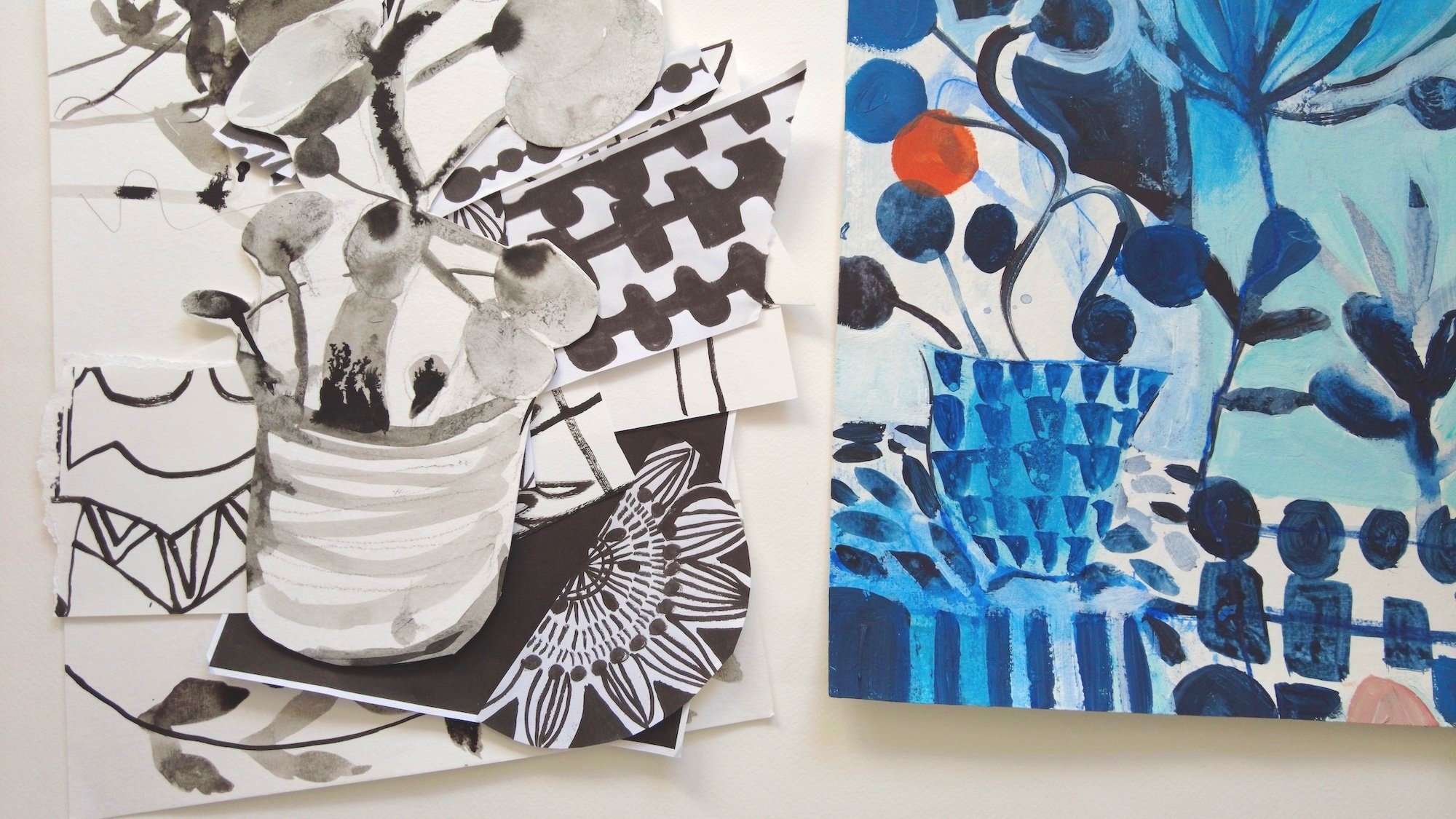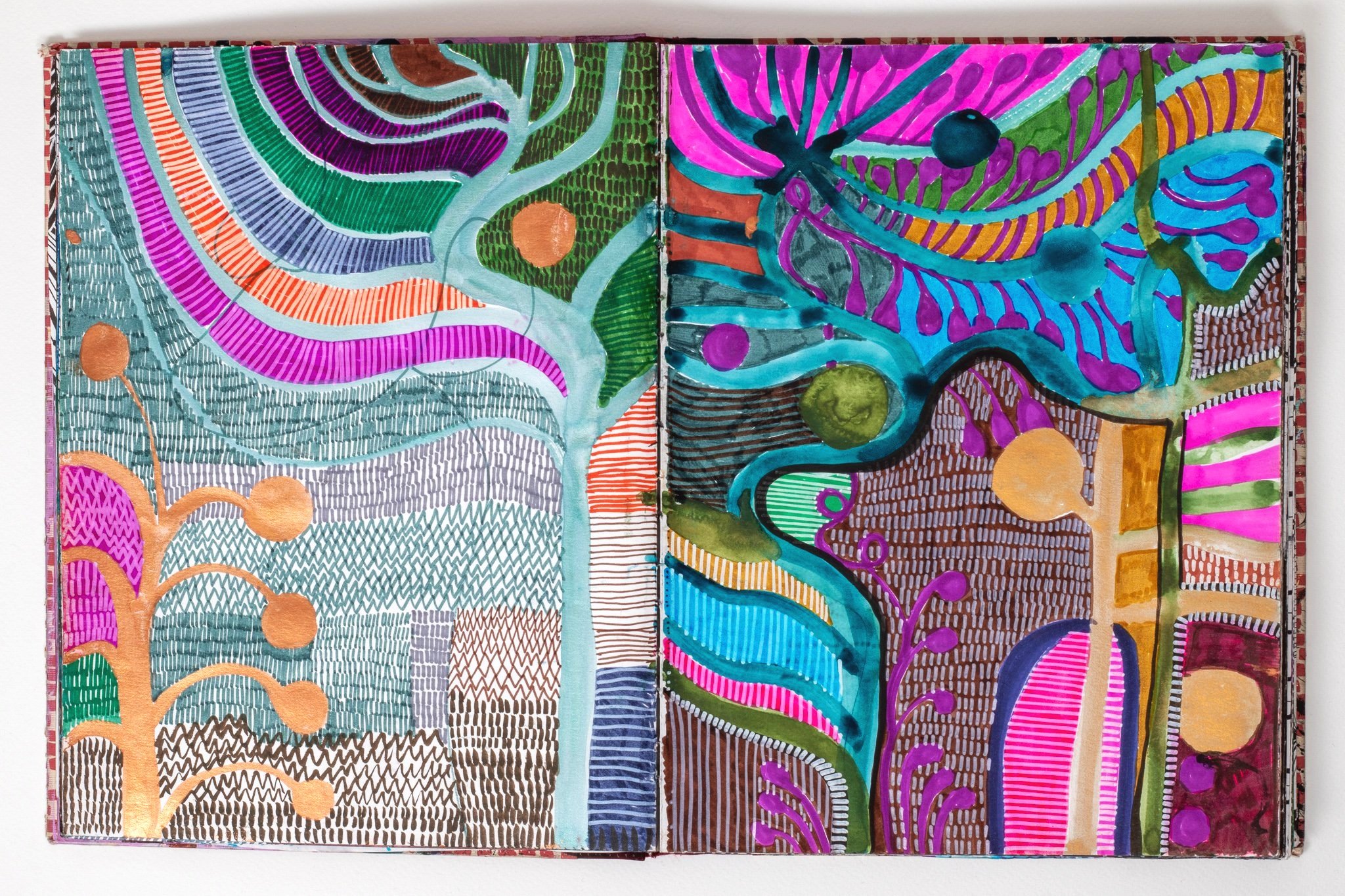
Art making ideasi
Ideas. Inspiration. A little creative mischief.
If you’re drawn to abstract and semi-abstract art, sketchbooks, colour and a little creative mischief, this is your corner of the internet.
Here you’ll find stories, videos, inspiration, art making advice and gentle nudges to help you create art that feels exciting to you.
My favorite types of sketchbook
Some of my favorite types of sketchbook and thoughts on filling them up
Artist research: questions and answers
Artist Research Page. Some questions and answers about my process and inspirations







